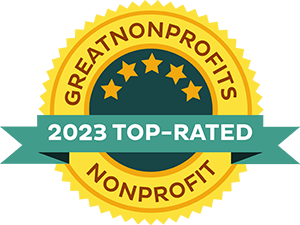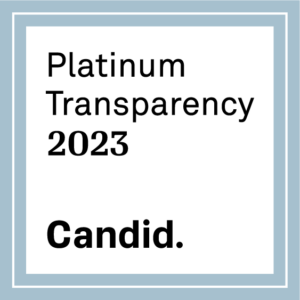By May Woo, Education & Programs Getty Intern
Many programs, organizations, and studies have proven the unique ability of the arts to help students transcend obstacles in language, race, and economic background. Less frequently mentioned, yet equally (if not more) inspiring, is the capability of arts education to help special needs children surpass learning barriers and participate alongside their general education peers in an inclusive environment. It is this accessibility of art – its ability to bridge gaps in learning styles, cognitive function, and motor skills – that makes it a valuable tool for developing inclusion programs and guide students of all abilities toward a mutual learning goal.
How does an educator effectively accommodate variability, but ensure that every student is challenged to his or her fullest? How does one provide each student with an optimal level of autonomy and independence? To guide educators through this process of preparing materials and curricula for inclusion classrooms, CAST (The Center for Applied Special Technology) created an educational framework in the 1990s called Universal Design for Learning based on research in cognitive neuroscience and the learning sciences. The UDL framework helps teachers and organizations design effective programs to accommodate individual learning differences, and is centered on the importance of providing students with options. The three key checkpoints of UDL for creating a successful inclusion program are that learners should be presented with multiple means for (1) representation – acquiring information, (2) engagement – processing information, and (3) expression – demonstrating knowledge. By making these options available to students, UDL-based programs embrace and enhance the natural variability of students, by eliminating learning barriers from the outset.
With the recent integration of two neighboring LAUSD schools – Grand View Boulevard Elementary and McBride Special Education Day Center – P.S. ARTS has been busy researching, planning, and executing an inclusive arts programs for the newly integrated campus. Understanding and implementing UDL is not only important for teachers working in these specific classes; 10% of the student population we serve has special needs, and it is therefore necessary for all educators to learn how to navigate an inclusion classroom. Through our extensive research and programming, we have realized the potential of art in guiding students of varied abilities towards mutual learning goals and benchmarks. Art, of all disciplines, naturally provides students with multiple means of representation, expression, and engagement. For example, paint, as a medium, can stimulate students’ minds with its vibrant color, but also allows students to explore its texture, or reflect on the sound of it splashing across a surface. This sensory nature of art is what makes it an invaluable tool for supporting inclusive learning environments.
To read more about the intersection of UDL and the arts, check out this great article in the Harvard Education Review.
At P.S. ARTS, we are continually inspired by the impact inclusive arts classes have on both general education and special needs students. We hope that the arts can continue to inspire mutual support and learning amongst our students and build a community that values individuality and the artist within us all.




